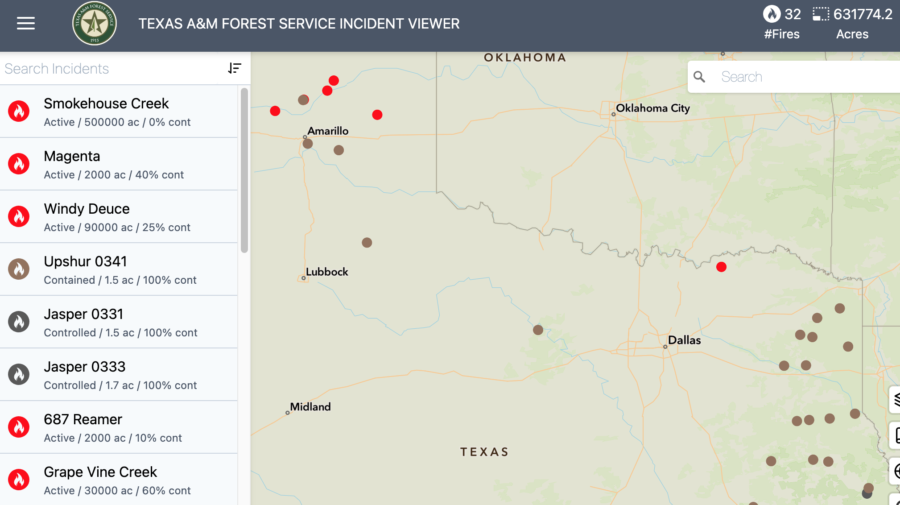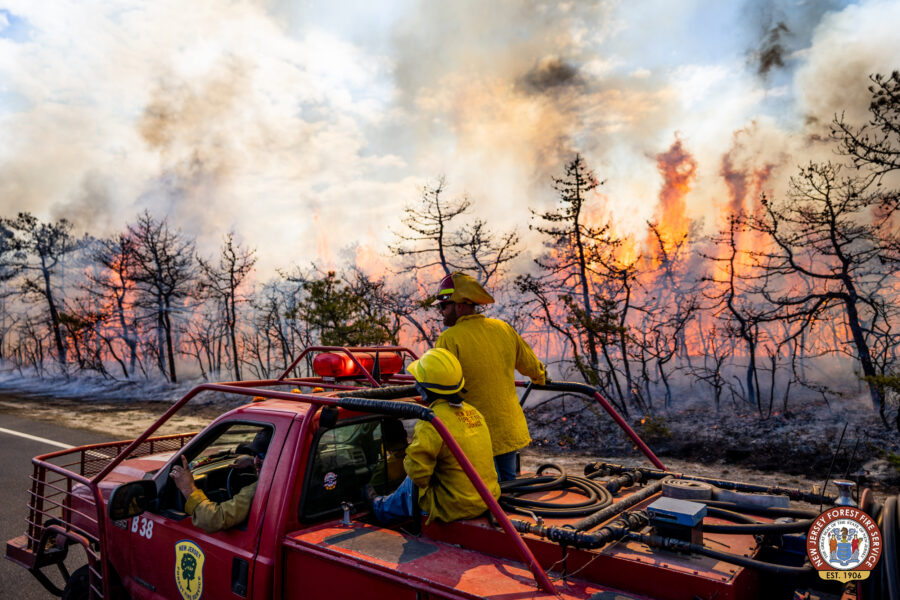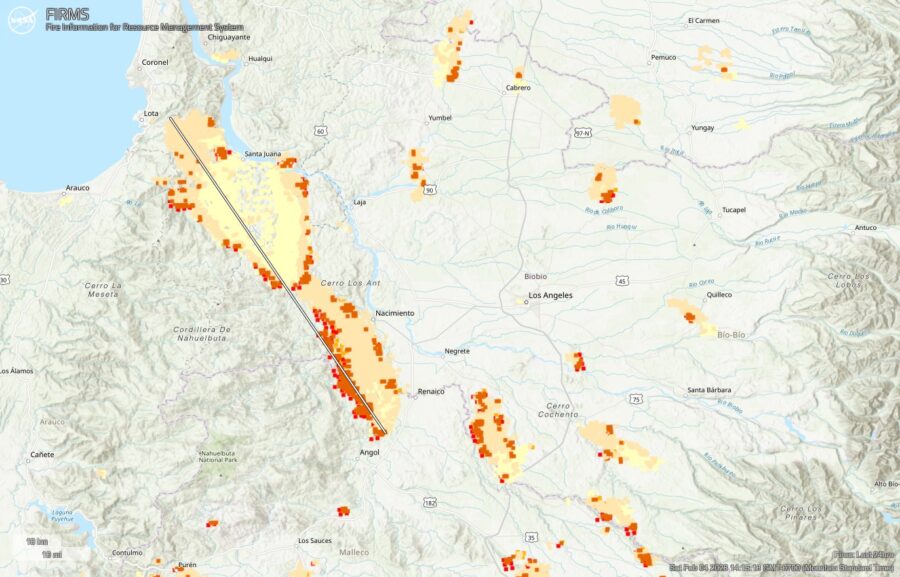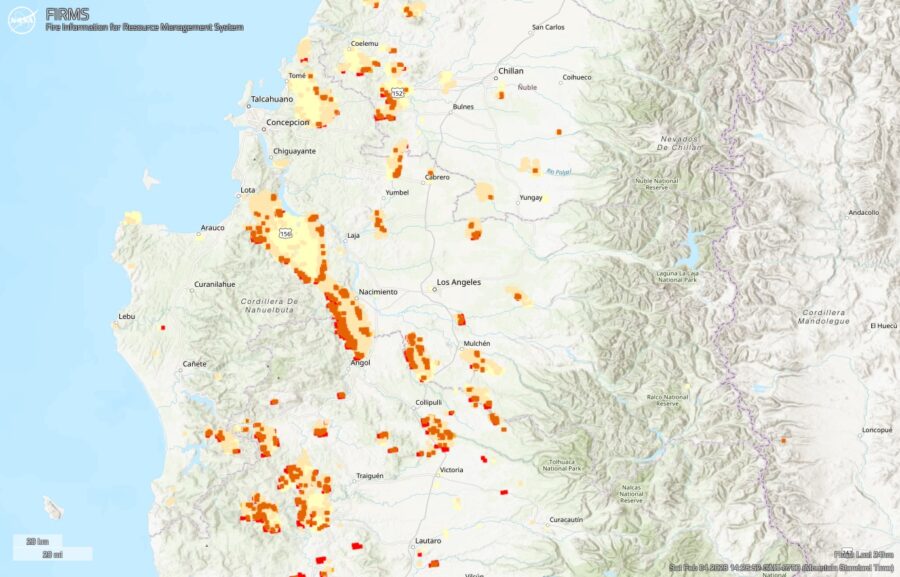Smoke from a wildfire that’s burned more than 4,000 acres and forced thousands to evacuate is causing 2024’s first widespread drop in air quality, according to the British Columbia Wildfire Service.
The Parker Lake Fire, burning in the northeast section of the province, forced more than 3,000 residents from the nearby Northern Rockies Regional Municipality and Fort Nelson First Nation to evacuate.

“All remaining residents are urged to evacuate the community immediately,” a press release from the Northern Rockies Regional Municipality said. “As the safety of emergency personnel remaining in the community becomes the priority, residents remaining in place need to be aware that emergency medical services are not available, nor are groceries or other amenities. Utilities may be affected to support fire response efforts.”

While the evacuations are limited to the immediate areas near the wildfire, the smoke is triggering air quality alerts throughout Canada and the northern U.S., according to Canada’s Weather Information Service and the AirNow Fire & Smoke Map.
Air quality is at the most dangerous reading of “hazardous” in areas directly southeast of the fire near the community of Grande Prairie. People should avoid outdoor activities during hazardous air quality, especially people with pre-existing heart or lung conditions, or older adults, children, and pregnant women.
The smoke has caused “very unhealthy” air quality alerts in numerous communities in central and southern Alberta. Communities in southern Saskatchewan, Manitoba, and Ontario, as well as areas in Montana, North Dakota, and Minnesota have “unhealthy” air quality.
The Parker Lake Fire is the first wildfire of 2024 to cause widespread air quality impacts, the beginning of what fire experts expect to be a growing trend throughout the year. Fire crews throughout British Columbia are actively fighting 134 wildfires, primarily in the Prince George region of the province, according to the province’s wildfire service.
Most of the fires are considered “under control,” with only four wildfires designated as “being held” and 13 others “out of control.” Another 102 BC fires have started since the beginning of the year, but are considered “out.”

wildfiresituation.nrs.gov.bc.ca/map

Canada’s early and busy start is on par with the fire service’s outlook for the spring 2024 season that was released in March. “The current long-range forecasts suggest a high potential for an active spring wildfire season in British Columbia,” the report says. “While recent snowfall may seem beneficial, its impact on the upcoming wildfire season is expected to be minimal due to sublimation (solid to vapor) and the dry nature of snow in Interior regions. The low snowpack will limit surface runoff, stream flows, and fuel moisture recharge, which could limit drought recovery into summer 2024.”
The intensity of the summer wildfire season is in British Columbia largely depends on the amount and duration of rainfall during May and June, the rainiest months in the BC Interior. Continuous rain could reduce the likelihood of wildfires, but meteorologists are currently skeptical that sufficient rainfall will occur.
The 2023 wildfire season in British Columbia ended with 2,293 wildfires and burned more than 7 million acres, costing the province $1.1 billion. Just over 70 percent of the wildfires were lightning-caused.









